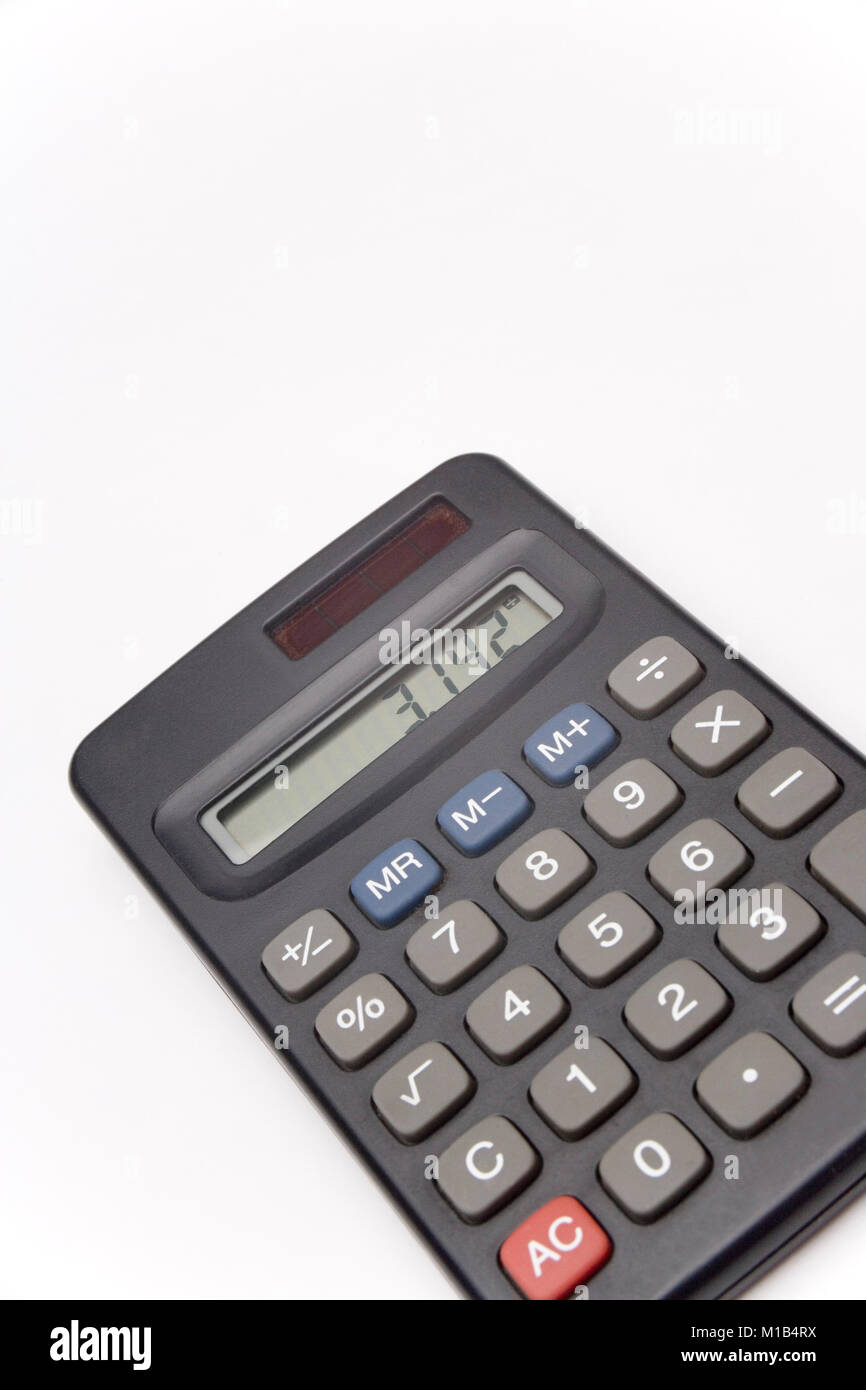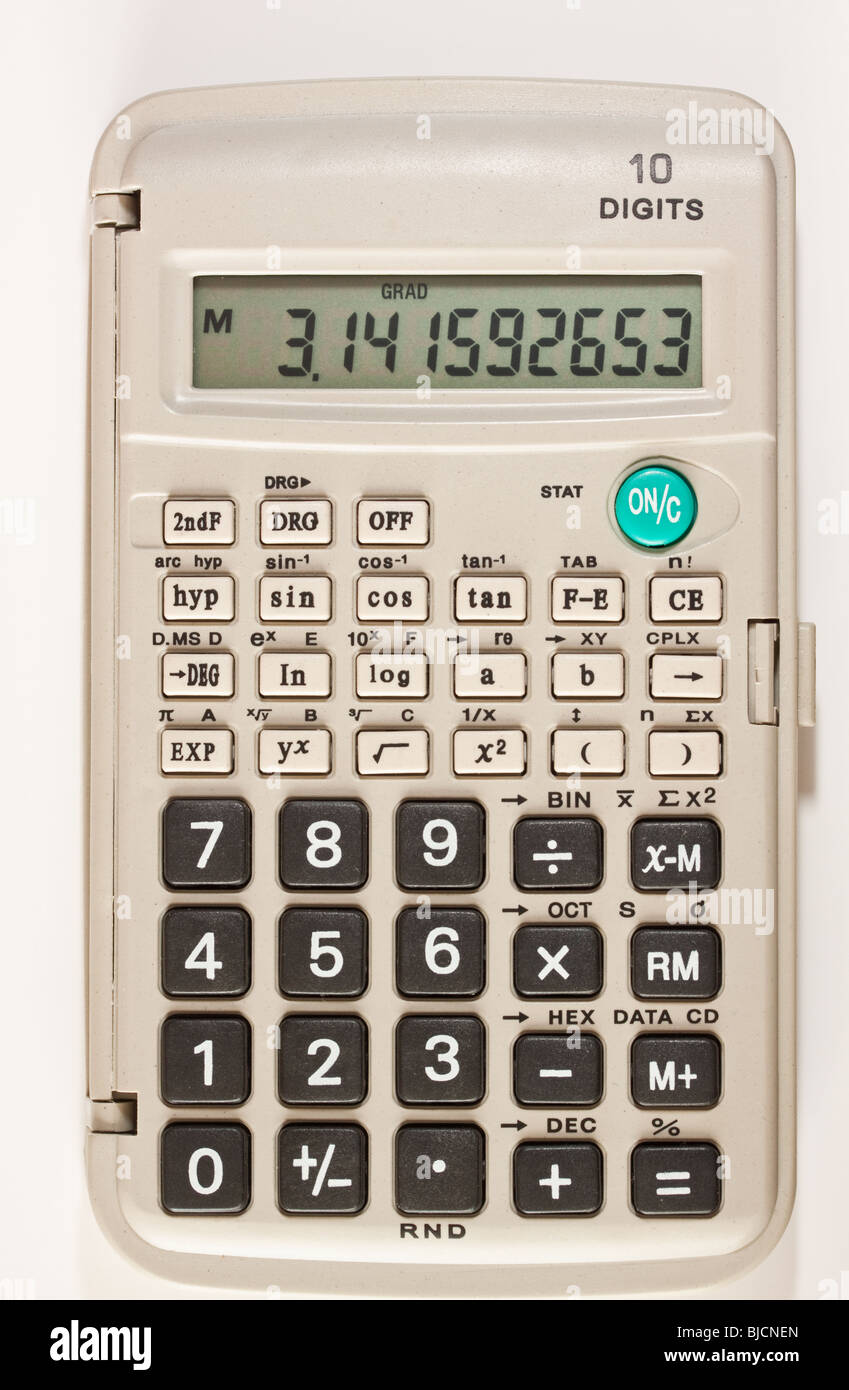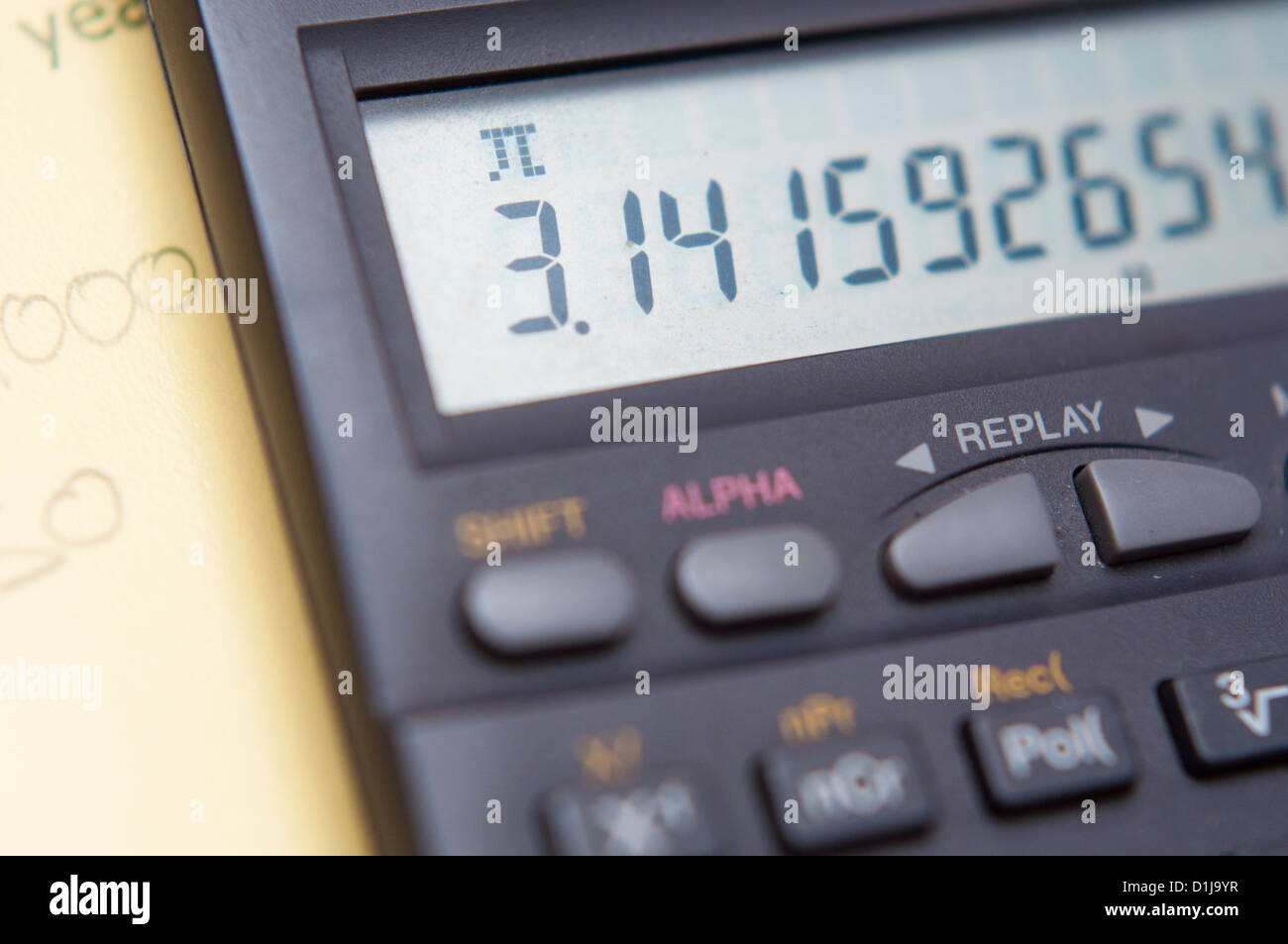

The Ancient Greek mathematician Archimedes came up with an ingenious method for calculating an approximation of Pi (π). The problem with this method is accuracy – can you trust your tape measure to deliver Pi (π) correct to 10 or more decimal places? Using Polygons to approximate Pi (π) This is what ancient civilisations would have done and it is how they would have first realised that there is a constant ratio hidden within every circle. The first and most obvious way to calculate Pi (π) is to take the most perfect circle you can, and then measure its circumference and diameter to work out Pi (π). Someone had to come up with the approximate value for Pi (π) which appears on your calculator – it didn’t get there by magic! Measuring circles (Where is the radius of the pipe and is the height of the pipe.) Calculating Pi (π)īecause Pi (π) has so many important uses, then we need to be able to start to calculate it, at least to several decimal places accuracy. For example if an engineer wants to calculate the volume of a water pipe they will use the following formula for a cylinder: Lots of things are round, and whenever something is round, Pi (π) usually becomes important. It appears everywhere in mathematics and also has countless uses in Engineering and Science.

In fact if you search long enough within the digits of Pi (π) you can find any number, including your birthday. Pi (π) goes on forever and has no repeating pattern to its digits – it is what is called an irrational number. We learn that we can start to write down Pi (π) = 3.141592653589….

On the other hand Pi (π) is the first number we learn about at school where we can’t write it as an exact decimal – it is a mysterious number which has digits which go on forever and has fascinated people for thousands of years. In some ways Pi (π) is a really straightforward number – calculating Pi simply involves taking any circle and dividing its circumference by its diameter.


 0 kommentar(er)
0 kommentar(er)
